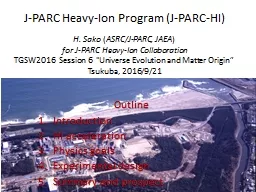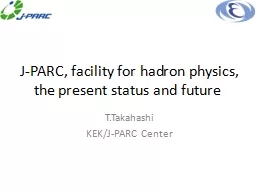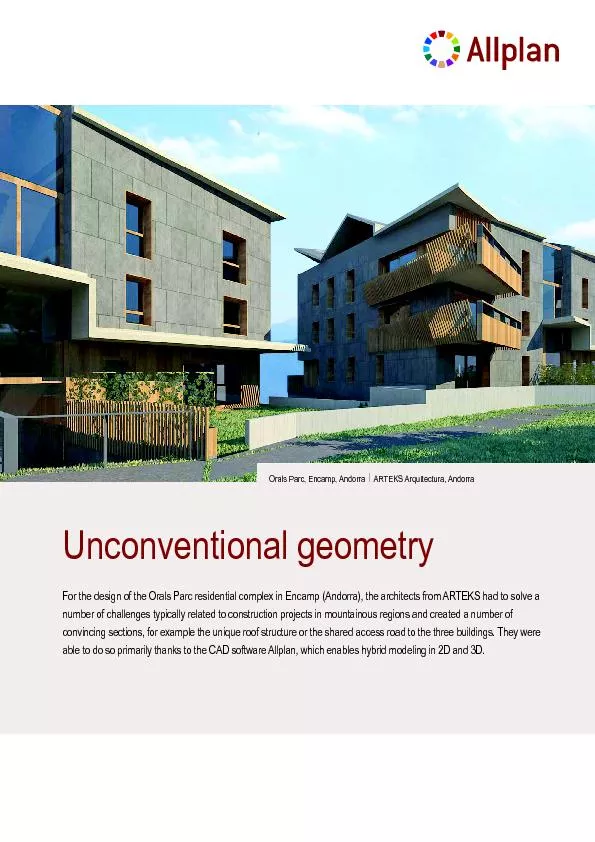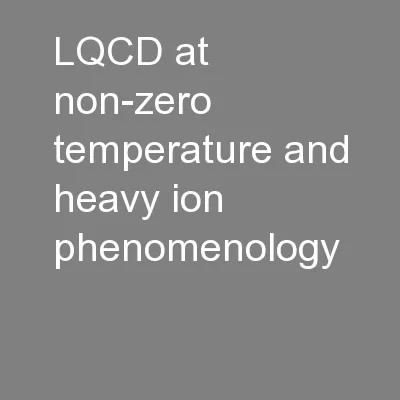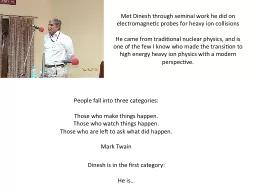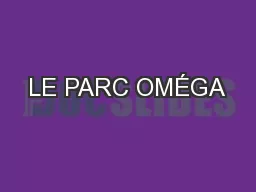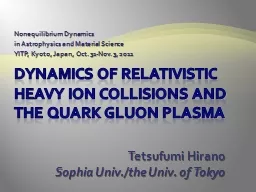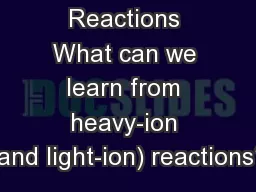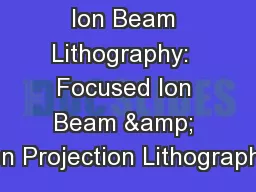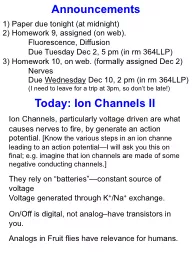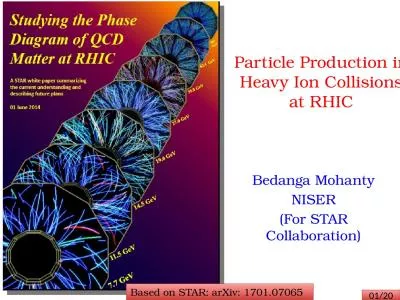PPT-J-PARC Heavy-Ion Program (J-PARC-HI)
Author : karlyn-bohler | Published Date : 2017-05-12
H Sako ASRCJPARC JAEA for JPARC HeavyIon Collaboration TGSW2016 Session 6 Universe Evolution and Matter Origin Tsukuba 2016921 Outline Introduction HI acceleration
Presentation Embed Code
Download Presentation
Download Presentation The PPT/PDF document "J-PARC Heavy-Ion Program (J-PARC-HI)" is the property of its rightful owner. Permission is granted to download and print the materials on this website for personal, non-commercial use only, and to display it on your personal computer provided you do not modify the materials and that you retain all copyright notices contained in the materials. By downloading content from our website, you accept the terms of this agreement.
J-PARC Heavy-Ion Program (J-PARC-HI): Transcript
Download Rules Of Document
"J-PARC Heavy-Ion Program (J-PARC-HI)"The content belongs to its owner. You may download and print it for personal use, without modification, and keep all copyright notices. By downloading, you agree to these terms.
Related Documents

